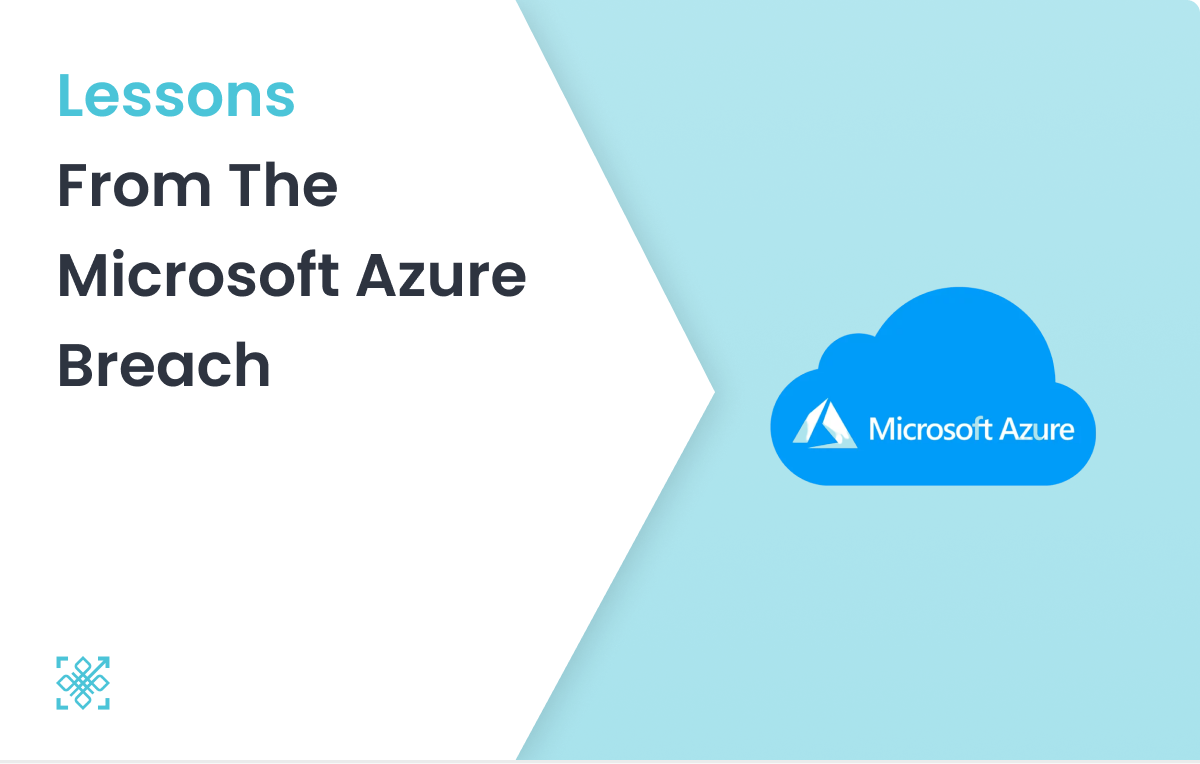Connect with Us!
Subscribe to receive new blog post from PureID in your mail box

In the wake of the recent Microsoft Azure breach, it has become increasingly evident that organizations must prioritise enhancing their security posture to mitigate the risk of similar incidents in the future. This breach, attributed to compromised passwords & MFA manipulation, underscores the critical importance of implementing passwordless authentication solutions to strengthen overall security.
The breach unfolded through a series of sophisticated maneuvers executed by cyber criminals to exploit weaknesses in Azure's security framework. Initially, phishing emails targeted mid and senior-level executives, enticing them into disclosing their login credentials unwittingly.
Armed with these credentials, attackers gained unauthorised access to Azure accounts, despite the presence of multi-factor authentication (MFA). By circumventing MFA and substituting victims' MFA settings with their own, attackers maintained undetected access to Azure resources.
They further obscured their identities using proxies, evading detection while seizing control of sensitive data and cloud resources.
This helps attackers bypass any poorly designed adaptive authentication solution relying on IP based access restriction or re-authentication.
In the aftermath of this breach, organizations must prioritise fortifying their security posture to prevent similar incidents. While passwordless authentication solutions offer promising alternatives, organizations should also concentrate on strengthening existing security protocols, conducting regular security audits, and enhancing employee awareness to mitigate future threats effectively.
The breach of Microsoft Azure serves as a stark reminder of the imperative for proactive cybersecurity measures in safeguarding sensitive data and mitigating the risk of unauthorised access.
By embracing passwordless authentication solutions and implementing a holistic security strategy, organizations can enhance their resilience against evolving cyber threats and safeguard their invaluable assets effectively.
Subscribe to receive new blog post from PureID in your mail box